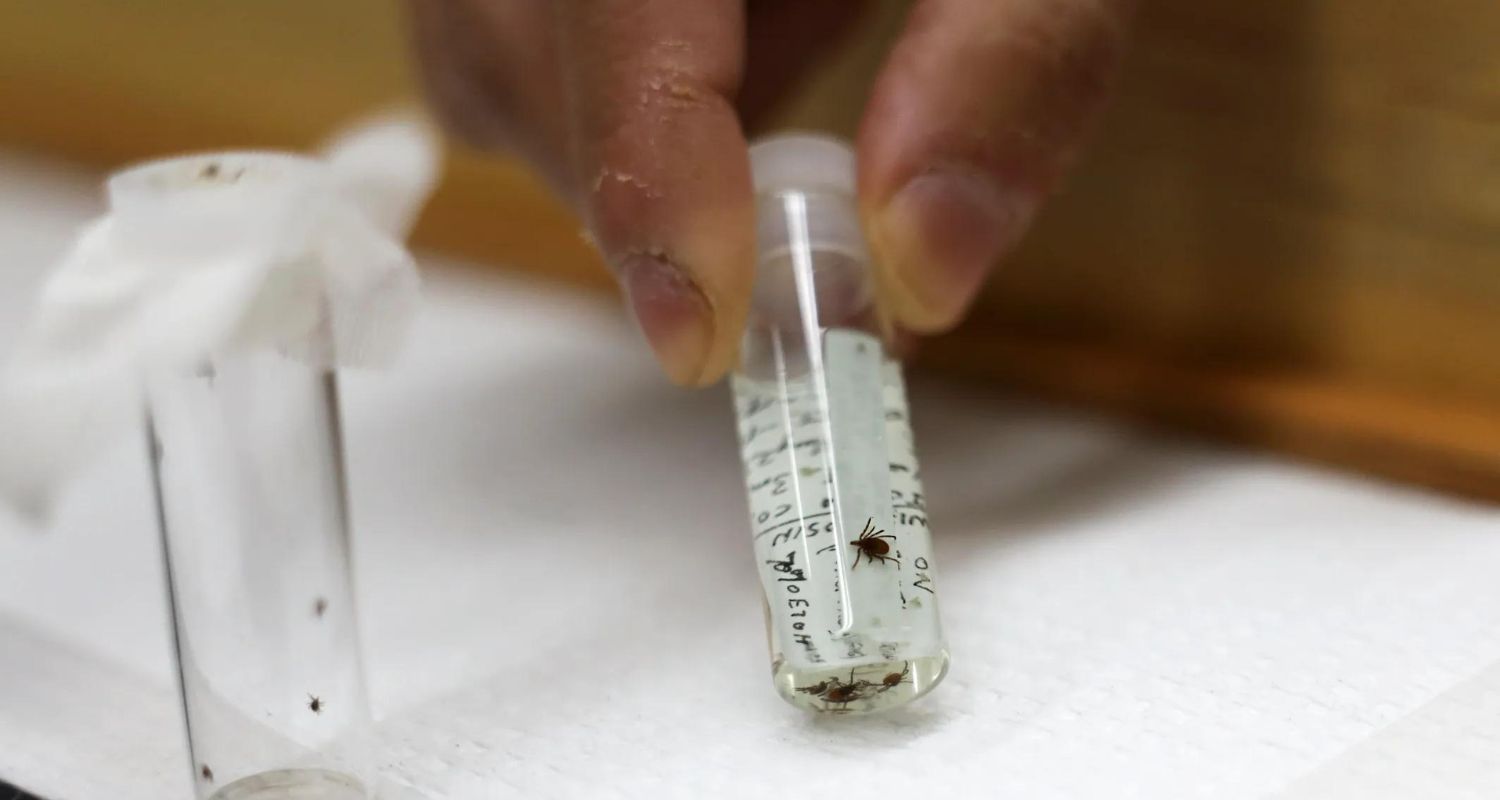Ticks are becoming a bigger problem in Wisconsin, causing more cases of Lyme disease across the state. According to the Wisconsin Department of Health Services (DHS), Lyme disease cases have more than doubled in the past 15 years. In 2022, there were 5,327 reported cases, though the actual number is probably much higher.
Lyme Disease Hotspots in Wisconsin
Ticks love shady, wooded areas and tall grass. Over the last 30 years, they’ve moved further south, even into urban areas like Milwaukee. This is because deer populations, which ticks depend on, have grown and spread.
In 2022, Waukesha and Dane counties had the most Lyme disease cases, with 292 and 264 cases respectively. Marathon County was close behind with 234 cases. Iron and Lafayette counties had the fewest, with only five and seven cases each.
Recognizing Lyme Disease Symptoms
Lyme disease is caused by bacteria spread through deer tick bites. Because deer ticks are tiny, bites often go unnoticed. Symptoms usually appear 3 to 30 days after a bite and can include:
- Fever
- Chills
- Fatigue
- Muscle aches
- Joint pain
- Nausea
- An expanding rash, often in the shape of a bullseye
Diagnosis and Treatment of Lyme Disease
If you think you have Lyme disease, contact your healthcare provider. The CDC recommends a two-step blood test to diagnose it. The tests detect antibodies made in response to the infection, which can take a few weeks to appear. This means you might test negative if you’ve been recently infected.
Lyme disease is typically treated with 10 to 14 days of antibiotics like doxycycline, amoxicillin, or cefuroxime axetil. Early treatment usually leads to full recovery. The CDC doesn’t recommend antibiotics after tick bites to prevent diseases, but in some cases, a single dose of doxycycline can be given to reduce the risk.
Preventing Tick Bites
To avoid tick bites:
- Treat clothing and gear with permethrin, an insecticide that remains effective through several washes.
- Avoid wooded areas with tall grass, and stick to the center of trails.
- Check your clothing for ticks after being outdoors and tumble dry clothes on high heat for 10 minutes to kill any ticks.
Dogs are especially prone to tick bites. Talk to your veterinarian about the best tick prevention products for your pet.

